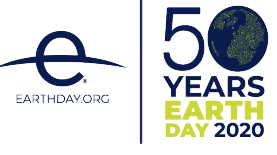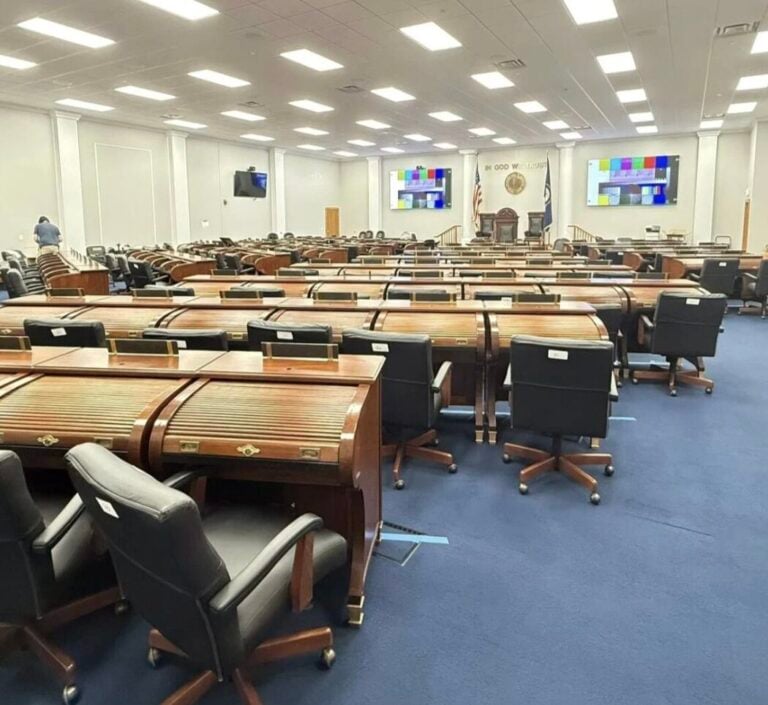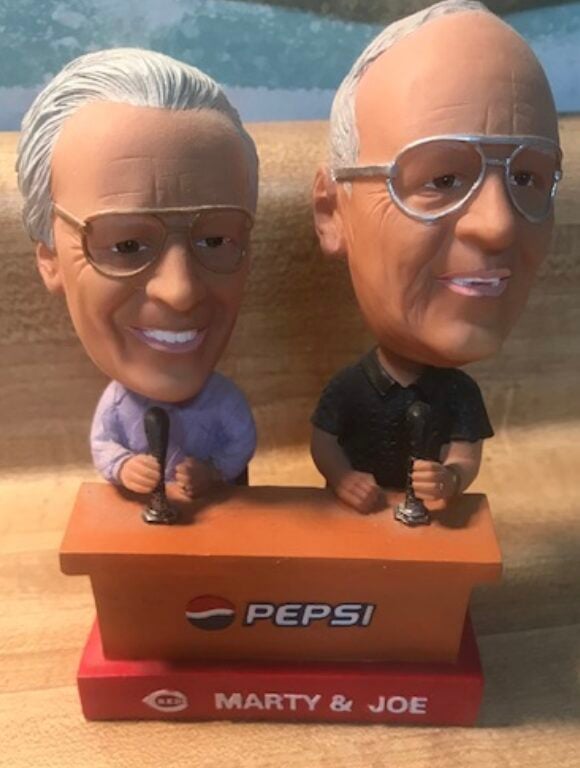Fifty years ago, on April 22, 1970, an estimated 20 million Americans attended events across the country to support environmental reform. This first “Earth Day” is credited with launching the modern environmental movement in the United States.
At Skanska, we believe in building for a better society, which includes constructing sustainable, resilient facilities such as schools, offices, hospitals, hotels, sports venues, and aviation facilities that will benefit generations to come.
While our country – and our world — have come a long way since 1970, we still have a long way to go. Last year, the world’s annual carbon emissions reached an all-time high, and while we are seeing a temporary reduction in emissions because of COVID-related travel bans, these emissions will likely resume their climb once this pandemic is resolved.

Unfortunately, Kentucky currently ranks as one of the worst states in the country (48th out of 50) for environment sustainability, according to an April 15 article in personal finance website Wallet Hub. However, that doesn’t have to be the case. A number of Kentucky businesses and institutions are taking action to be environmentally responsible and to efficiently use our energy resources.
One way Kentucky developers and property owners can do this is constructing or renovating LEED-certified buildings. LEED — which stands for Leadership in Energy and Environmental Design — is an international green-building certification program developed by the non-profit U.S. Green Building Council that includes a set of rating systems for the design, construction, operation, and maintenance of green buildings, homes, and neighborhoods.
Among the Kentucky businesses and institutions that are taking this approach is the University of Kentucky. In 2016, Skanska completed construction of UK’s Gatton College of Business and Economics renovation and expansion project, which received a LEED Gold certification. In 2015, Skanska completed construction of UK’s Kroger Field stadium renovation project, a LEED Silver-certified project that was the first LEED-certified competition sports venue in the Southeastern Conference.
The Gatton College project utilized water-efficient plumbing fixtures that reduce water use by 42 percent compared to a baseline model and is 26 percent more energy efficient than that model. More than 40 percent of materials used in the renovation were regional and all adhesives, sealants, paints, composite woods, sealers and floor systems were low- or no-VOC (Volatile Organic Compounds) emitting materials.
For the stadium renovation project, 67 percent of the old stadium was reused to create the new stadium, minimizing construction waste and the need to manufacture and transport of new materials. Low-flow water fixtures save approximately 204,000 gallons of water annually, and the stadium uses a third less energy than the typical stadium. The result is a savings of 694 metric tons less of greenhouse gasses every year – the equivalent to the annual energy consumption of 75 homes.
Kentucky businesses and institutions also can utilize other tools and approaches to help make Kentucky a greener state. As a signatory to the Paris Climate Accord, Skanska is serious about aggressively reducing global emissions and our company is developing tools to help achieve these goals.
Assessments of buildings’ emissions and life-cycle costs have traditionally focused on energy efficiency, the “operational” carbon of a structure. Because of a lack of data or data too complex to evaluate, tools have not been available to benchmark the “embodied” carbon of a building, which reduces the carbon footprint of a structure even before it becomes operational.

To address this problem, in September 2019, Skanska and its industry partners created the Embodied Carbon in Construction Calculator tool, an open-source platform that calculates embodied carbon emissions of building materials. This tool allows developers and designers to make carbon-smart choices during the material-specifications and procurement process.
In addition, earlier this year, Skanska and the U.S. Green Building Council announced the creation of Insight, another tool that allows designers and developers to analyze the design attributes of LEED-certified building in specific geographic regions, which allows them to adopt smarter and more practical sustainability strategies in these regions.
As we celebrate the 50th anniversary of Earth Day this month, the building and construction community needs to continue to develop innovative solutions to achieve the important goal of environmental sustainability – both in Kentucky and throughout the world.
Brian Bozeman, a resident of Fort Thomas, is vice president of business development at Skanska USA, a Sweden-based company that is one of the world’s largest construction and development companies. It has operated in the United States since 1971 and has offices in 28 U.S. metropolitan areas and projects in nearly every state.


















You need to read Rick Robinson comments on Earth Day from this same paper years ago.
http://nkytribune.com/2015/04/rick-robinson-what-i-saw-at-earth-day-2015-in-washington-d-c/